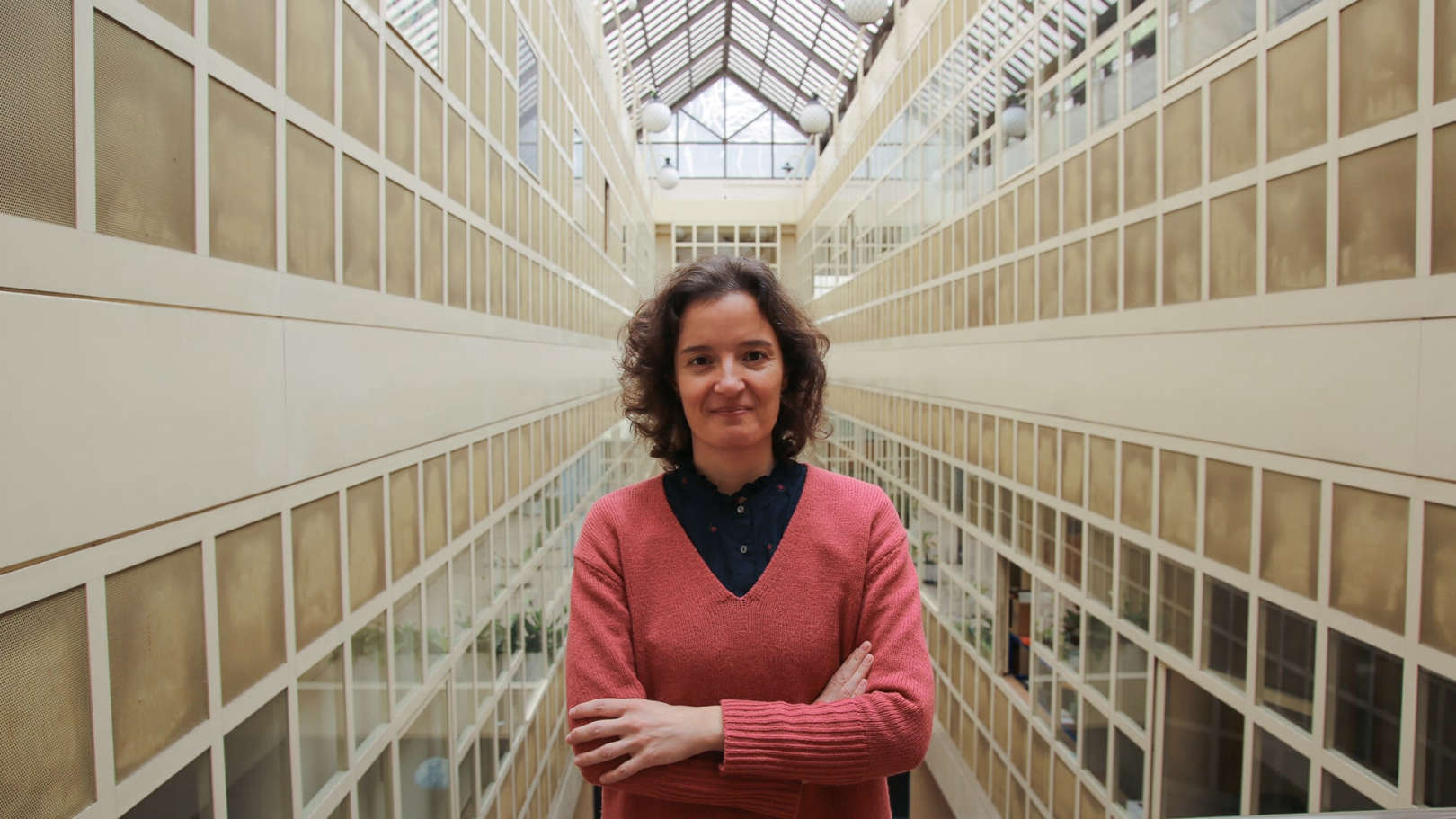About
Susana Silva is graduated in Applied Physics from the University of Porto, Portugal. She received the Ph.D. degree in Physics at the University of Porto, Portugal, on optical fiber sensors for refractive index and gas sensing. She is currently an R&D Researcher at the Center for Applied Photonics at INESC TEC. In the last few years, S. Silva has published more than 50 papers in international journals. S. Silva received the prize for best PhD Theses in Optics and Photonics of 2013. Her field of expertise is the fabrication of optical fiber sensors for monitoring of physical parameters. Her current research interests are optical sensors for biomedical applications and distributed fiber optic sensing for biodiversity applications.


